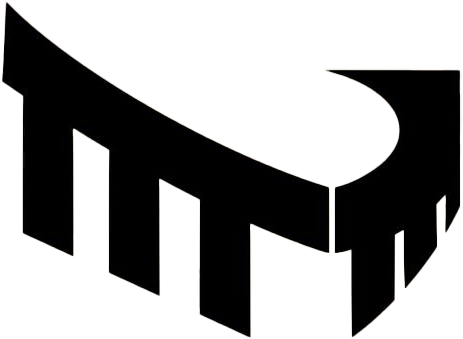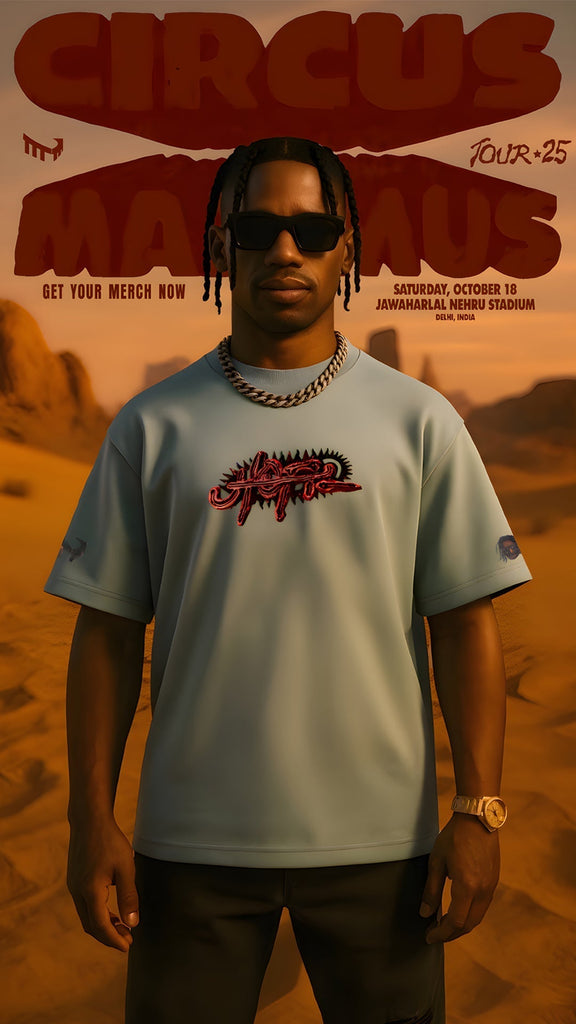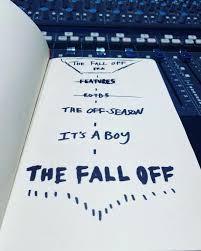
Stirring the Buzz in Desi Hip-Hop: The Phenomenon of Diss Tracks

Desi Hip-Hop, much like any other music genre, thrives on the interplay of creativity, passion, and controversy. One particular aspect that never fails to captivate the audience's attention is the emergence of diss tracks and the ensuing drama between artists. In this blog post, we delve into the buzz surrounding diss tracks in Desi Hip-Hop, exploring why audiences remain so engrossed when artists engage in verbal sparring.
The Appeal of Drama and Controversy:
It's no secret that Indians have a penchant for drama and controversy, and the world of Desi Hip-Hop is no exception. Whether it's the allure of a heated exchange between artists or the anticipation of a fiery diss track, audiences are drawn to the spectacle like moths to a flame. This fascination with drama and conflict stems from a cultural predisposition towards spectacle and entertainment, where the narrative of rivalry and competition adds an extra layer of excitement.
The Role of Diss Tracks:
Diss tracks serve as the primary catalyst for generating buzz and sparking conversations within the Desi Hip-Hop community. These tracks, laden with sharp lyrics and biting commentary, create a palpable sense of tension and anticipation among fans. The competitive nature of diss tracks not only showcases the lyrical prowess of the artists involved but also ignites fervent debates and discussions among fans, further amplifying the buzz surrounding the feud.
A Cultural Phenomenon:
The phenomenon of diss tracks in Desi Hip-Hop mirrors larger cultural trends prevalent in Indian society. Shows like Big Boss, known for their emphasis on drama and conflict, consistently rank among the most-watched programs on Indian television. Similarly, the rise of diss tracks in Desi Hip-Hop reflects a cultural fascination with narratives of rivalry and competition, where artists vie for supremacy and recognition on the musical battlefield.
Take, for instance, the popularity of reality television shows like Big Boss, where contestants are encouraged to engage in confrontations and conflicts for the sake of entertainment. Despite criticisms of promoting negativity, these shows continue to dominate the airwaves, attesting to the enduring appeal of drama and spectacle in Indian culture.
In conclusion, diss tracks play a vital role in shaping the buzz and excitement surrounding Desi Hip-Hop, tapping into the cultural fascination with drama and controversy. As audiences eagerly await the next verbal spar between artists, the phenomenon of diss tracks continues to captivate and enthrall, underscoring the enduring appeal of rivalry and competition in the world of music.







